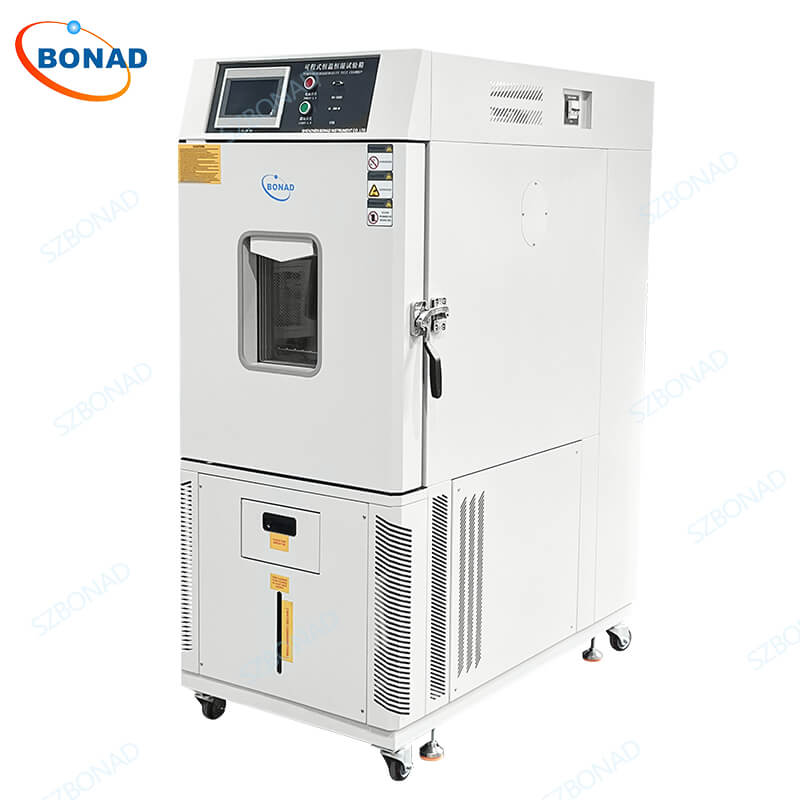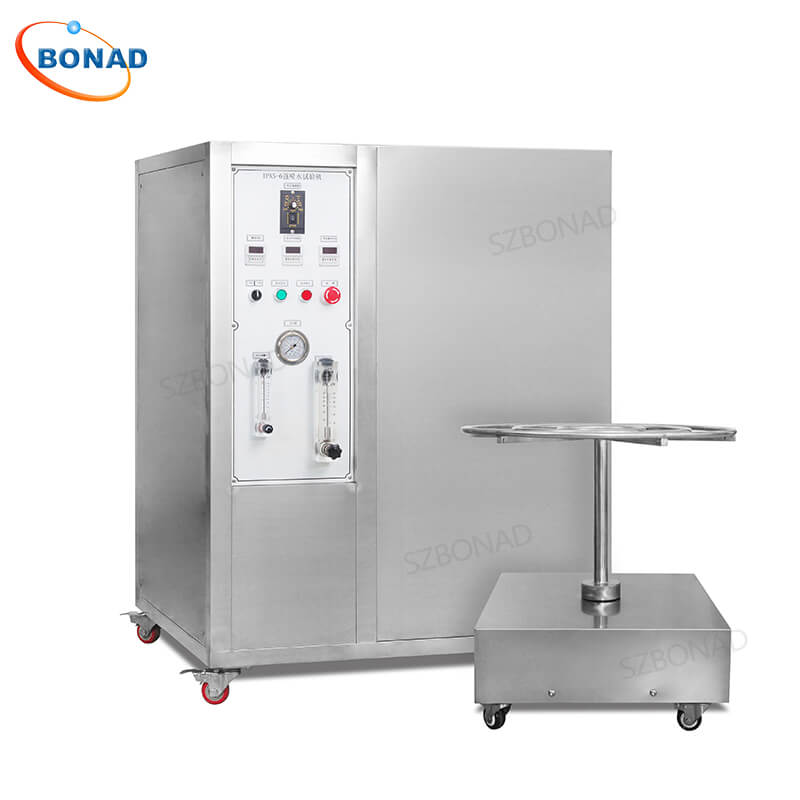How to Use a Humidity Test Chamber for Electronic Parts Testing
Rigorous humidity testing ensures electronic components withstand real-world environmental stress. By simulating temperature and humidity extremes, manufacturers guarantee product durability. This guide covers critical components, testing procedures, and BONAD chamber solutions.
Which Electronic Components Require Humidity Testing?
10 key components vulnerable to moisture damage:
- Passive Components (resistors, capacitors)
- Active Components (transistors, ICs)
- PCBs (moisture absorption causes delamination)
- Connectors & Cables (corrosion risk)
- Batteries (electrolyte leakage)
- Displays (LCD/OLED – condensation degrades adhesives)
- Enclosures & Packaging (moisture barrier validation)
- Power Modules (insulation breakdown in transformers)
- RF Components (signal interference from corroded dielectrics)
- Relays & Switches (contact corrosion)
2 Essential Humidity Tests for Electronics
*Test 1: High Temperature/Humidity Storage*
Purpose: Validate long-term resistance to extreme damp heat.
Standards: IEC 60068-2-78, JESD22-A101
Procedure:
- Clean/pre-inspect components.
- Place samples on non-conductive racks.
- Set chamber to 85°C + 85% RH.
- Run 500–1,000 hours (application-dependent).
- Monitor via data loggers; check for electrical/visual defects.
*Test 2: Temperature-Humidity Cycling*
Purpose: Simulate real-world environmental fluctuations.
Standards: IEC 60068-2-30, MIL-STD-810H Method 507.6
Procedure:
- Secure components to avoid movement.
- Program cycle: 12h at 25°C → 12h at 55°C + 95% RH.
- Execute 10+ cycles (24h/cycle).
- Prevent condensation during transitions.
- Inspect for corrosion, delamination, or failure.
BONAD Humidity Test Chambers: Precision Engineering
BONAD chambers deliver:
- Accuracy: ±0.5°C temperature / ±2.5% RH humidity control.
- Durability: 316 stainless steel interiors resist corrosion.
- Compliance: Pre-programmed IEC/MIL-STD test profiles.
- Safety: Condensation management + emergency stop.
Ideal for validating consumer electronics, automotive, and aerospace components.
Conclusion
Humidity testing exposes hidden flaws in electronic parts before field deployment. By following IEC/MIL-STD procedures in precision chambers (like BONAD’s solutions), manufacturers ensure compliance and extend product lifespans. For mission-critical applications, combining storage and cycling tests is recommended.



